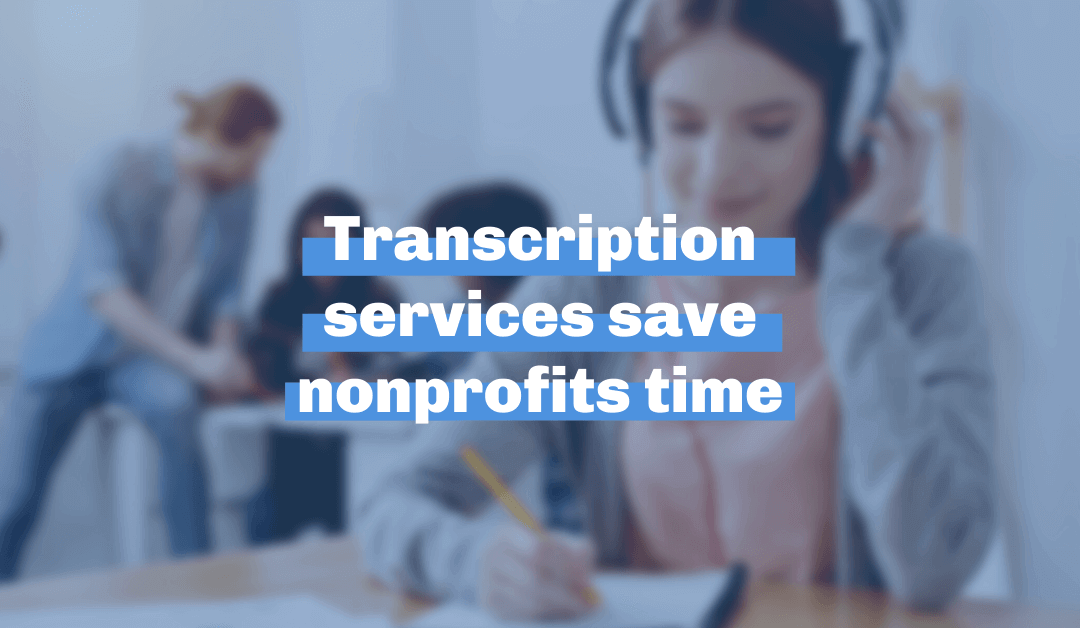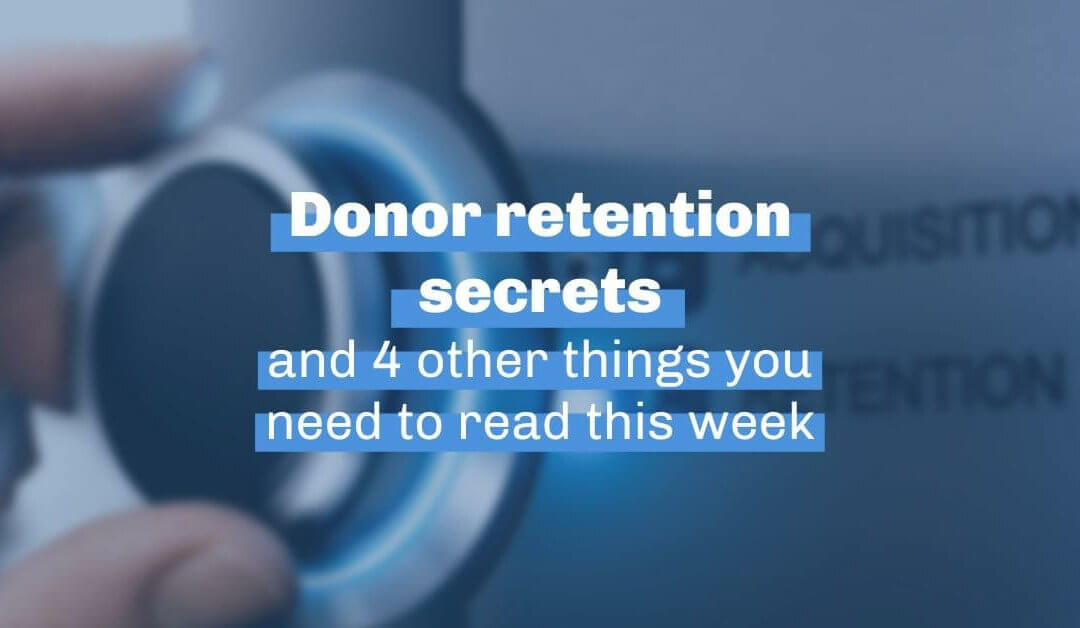by Allison Kooser | Dec 21, 2023 | +Good Newsletter, The Intro, Work Smarter
Hello friends! Are you ready for some well-deserved rest? Regardless of how or what you celebrate, we hope this weekend is full of peace, joy, great people, good books/movies/music, cozy blankets, muted notifications, yummy snacks, and extra-long naps.
Team S+G is preparing for some much-needed calm after a busy Q4 storm—and to close out the year, we wanted to say THANK YOU. All of our work is possible because of people like you—our clients, friends, and subscribers! We love getting to be in your inbox each week, and we cannot wait for another year of learning and fun in 2024!
As we wrap up another year, we’re looking back on a few of the things that made our work better over the past 12 months…
- Basecamp. Did you know our team doesn’t email each other? We manage and write everything in Basecamp so that everyone can see the back-and-forth and nothing falls through the cracks or gets trapped in one person’s inbox.
- Being smart with meetings. It’s simple: only have a meeting if you actually NEED a meeting. Most of the time, a few minutes of thoughtful reflection and a written note will do the trick.
- Team lunch. Every Wednesday, our team has lunch together online. The only rule? No talking about work. It’s the best, and we highly recommend you implement it in 2024!
- Airtable. We built a comprehensive content calendar in Airtable (inclusive of EVERYTHING team S+G is pushing out for clients), and not to overstate it, but it has revolutionized our content team’s workflow.
- Motion. Our team leaned into time boxing this year—and Motion became our new best friend. It turns your to-do list into calendar items and basically schedules your whole work day. Life-changing.
- Paper notebooks. Despite our work as digital marketers, the majority of team S+G still loves a good paper notebook to jot things down. And we have STRONG opinions on which notebooks are best. (To be fair, not everyone on our team is on the paper notes train. Oh well.)
- Otter. If you’ve ever been in a meeting with us, you’ve met Otter—our virtual assistant! Otter transcribes and records all of our calls, making it super easy to go back and review comments, share key points with team members, and focus on the conversation instead of scrambling to take notes.
- MAPs. Every month, we review what is working, what we want to learn, and what we could do better. It’s a constant review process that makes us stronger all year long.
What about you? What has made your work better this year? And what are you excited to implement in the new year? Leave a comment to let us know!

by Kerry Jones | Nov 8, 2021 | Work Smarter
Enough is enough. This has gone on for too long, nonprofits. You know what this is about.
Your typing fingers work too hard. They need a break.
We know nonprofit work means plenty of hours behind a computer, and that often feels like an exhausting bummer. But we don’t make the rules. We don’t even like the rules. Nonetheless, nonprofits require communication and dynamic web content. That used to mean a lot of typing. But those fingers need to rest.
Enter: transcription services. Save time (and effort) creating content, and support your nonprofit’s communication plan with free and low-cost tools available online.
What are transcription services?
Transcription services are tools (driven by either skilled professionals or magical software) that turn audio data into written text. They are able to distinguish between speakers, languages, and words, and can use real-time audio data or recordings. Most software uses AI to accurately transcribe audio, but for slightly more money, you can pay professionals trained in shorthand.
Why transcribe my audio?
Transcription services not only save you time, but they also save your audience time. Imagine you’re in a hurry and need to catch a train. Would you rather listen to an announcer read a list of all scheduled trains, or read it yourself? The same goes for your audience.
Visual information is faster to take in than audio information. This means displaying text—even with your video or audio content—saves time spent reading.
Visual text can also broaden the audience your content can reach. Whether users are visual learners or have difficulty hearing, the transcribed text demonstrates you made content with them in mind. Plus, adding transcribed text to your content makes it easier for search engines to find.
Compared to audio, written text is also easier to share virtually—which comes in handy for nonprofits with remote workers.
I’m sold. But how exactly can my nonprofit use transcription services to save time?
We’re glad you asked. Transcription services have lots of versatile uses, so we put together a list of six ways they can save time and bring new life to your audio content.
1. Turn a public conference call into a blog post.
It’s 2021 and Zoom fatigue is real, so your donors may not accept your public conference call invites. No problem! Just transcribe the meeting, and distill the transcript into the most useful information. Whether that’s your success metrics or your frequently asked questions, you have content ready to repurpose for your blog.
2. Turn a video interview into a blog post.
Video interviews are great visual elements to liven up your website or boost your Youtube channel. But once again, the user in a hurry doesn’t have time to fast-forward through them. So why not turn that interview into a blog post? Post the video at the top of your blog and the transcript below. That way, you can keep the interview long while accommodating both the reader in a rush and the viewer with time to kill.
3. Turn a virtual interview with an expert into social media content.
Expert testimonials are great at demonstrating the efficacy of your nonprofit or diving into specific program areas. With transcription software, you can interview experts virtually and plug their testimonials into your content. Expert quotes about your area of service make great how-to infographics for Instagram, compelling posts for Twitter, and intriguing blog headlines. You can even add them to the opening pages of your Annual Report to drive home your work’s success.
4. Turn personal testimonials into quotes for your landing page.
Donors and potential donors love to see heartwarming proof of your impact. If you have testimonials or interviews from those you serve, ask for permission to use those transcripts as enlarged quotes on your landing page. Written quotes on a site’s landing page can be both visually striking, and emotionally gripping—basically, marketing gold. And they provide the added benefit of anonymity for those who want to share their experiences without sharing their image.
5. Turn board member interviews into an ‘About Our Team’ page.
If your board members are central to your operations, maybe they deserve a bit of real estate on your website! But let’s skip the overworked paragraphs and make this easy. Ask them each a few questions about their work and motivation, cut the extra out of the transcript, and you have the body of an ‘About’ page. If you want to stretch those interviews for more content, extend the interviews and create a blog series on your board members!
6. Transcribe meetings for virtual or absent team members.
In a world of remote and hybrid work models, not everyone will attend every meeting. Instead of assigning someone to take minutes and email the file later, use a transcription service to capture what was said. Compared to frantic meeting notes with bullet points and no context, your transcript can capture the points made as speakers make them. Plus, you have the ability to go back through the transcript and search for keywords if there was something important you missed.
Easy-to-use Transcription Services
There are a lot of fantastic transcription services to choose from. Best of all, many of them are free or available at a low cost.
For transcribing software that uses AI, we recommend Happy Scribe or Otter. Otter is excellent for live transcriptions and adding notes and images. We love Happy Scribe for video captions, and it’s also great for transcribing across languages.
For transcription services that use real-life professional humans to improve accuracy, we recommend Rev. Rev files are shareable with Dropbox and Google Drive; their team transcribes audio files overnight and you don’t need to edit mistakes.
Why not make your work easier?
Your time is valuable to us. (And so is the well-being of your tired fingers!) Make things easier for yourself and find the transcription service that works best for you.

by Ian Haisley | May 14, 2021 | +Good Newsletter
1. Keeping your donors is 👌 easier than it seems.
Tired of chasing lost donors? You aren’t alone. Nonprofit donor retention rates have been below 50% for the past decade. Learn what you can do to keep your donors’ eyes off the exit sign and treat them like friends we will see again soon.
Learn 5 secret nonprofit donor retention strategies. [via clarification]
2. Hit 🔃 refresh on your messaging.
You’re clever, funny, and honest. You know it, we know it, and your audience should know it, too! Keep your message stays relevant and fresh with helpful tips like using different voices from your staff, cracking a joke here and there, and sharing an opinion.
Don’t be afraid to try something new. [via Nonprofit Marketing Guide]
3. Adapt your Facebook campaigns for 📱 iOS 14.
In addition to new emojis, the new iOS 14 means updated privacy and data use regulations that will impact Facebook campaign performance. You may have already noticed shifts in Ads Manager — and more changes are certainly incoming! Nervous about adapting to the new normal? Here are some tips to navigate the update.
How iOS 14 will impact your Facebook ad campaigns. [via Portent]
4. Create evergreen 🌱 content that stays fresh for years.
If you’re looking to create marketing materials that will work for the long haul, lean into the art of evergreen content. Answer the questions your audience asks most, think about what people search, and craft stories that will never go out of style.
Evergreen doesn’t have an expiration date. [via Neil Patel]
5. Keep your audience 🗓 on time.
If you’re hosting a virtual event on a platform like Zoom or Google Meets, the Add to Calendar app will help ensure no one misses out. This handy tool allows you to create links that will let your audience quickly save your events onto various calendars and get an automatic notification as it’s about to start. You can create links and event reminder buttons for Google Calendar, Outlook, Microsoft Office 365, and Yahoo! Calendar, which is particularly helpful when you have audience members working across multiple platforms.
Add to calendar. [via Labnol]
This issue of +good was written and produced by Allison Kooser, Ian Haisley, Sydney Bartlett, Kerry Jones, Lindsey Lincoln, and Katie Powers.

by Allison Kooser | Feb 4, 2021 | +Good Newsletter
1. A secret photo-editing 📷 weapon.
If you’re a Photoshop user, you know what a pain it can be to cut around a person in an image to remove the background. Doable, of course, but very time consuming and particular. Enter Removal.ai — an artificial intelligence app that does it for you. Your photo cropping just got WAY easier.
Remove image backgrounds with ease. [via Removal.ai]
2. You need a monthly giving program. 📅
Conceptually, we all know that monthly giving is a good idea. But all too often, it falls down the priority list in favor of major giving or other “critical” initiatives. But here’s the deal: “one-time donors renew, on average, at a rate of 45%. Monthly donors renew, on average, at a rate of nearly 90%.” Moral of the story: It’s time to ramp up your monthly giving program.
Why (and how) to cultivate monthly donors. [via Clarification]
3. Some of the best blog 🗒️ advice we’ve ever read.
When smart, talented writers reflect on their processes and lessons learned, we listen. This insight from CXL blogger Derek Gleeson hit so many nails on the head: from not wasting time on things that are good enough, to building in time to think, to updating old content because people are still reading it. (Yes, yes, and yes.) If you’re writing on the internet, this is worth the read.
How to make your blog better. [via CXL]
4. How to create variable ✍️ fonts.
Design nerds, raise your hands. This one is for you. Check out this helpful video tutorial and article about variable web fonts and learn how you can modify axes on a single font file (we told you this was for the design nerds…). Upside for everyone: fewer uploads, more readable websites, and less work. Wins all around.
A free tutorial on web fonts. [via Envato Tuts+]
5. Let’s talk about 🤯 burnout.
In a conversation with a friend recently, one of our team members put words to how we’re all feeling (whether we acknowledge it or not), noting that “right now, we are all in a constant and perpetually fragile emotional state.” Welcome to life in a pandemic! What this also means is that we’re all at risk of burnout. Luckily, one of our favorite thinkers, Adam Grant, has some insights on the scary (and very real) feeling of work being just too much. (Once you listen to this episode, check out all of the WorkLife podcast. We’re big fans.)
How to cope with burnout. [via The WorkLife Podcast from TED]




